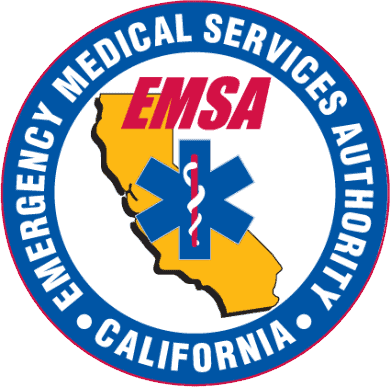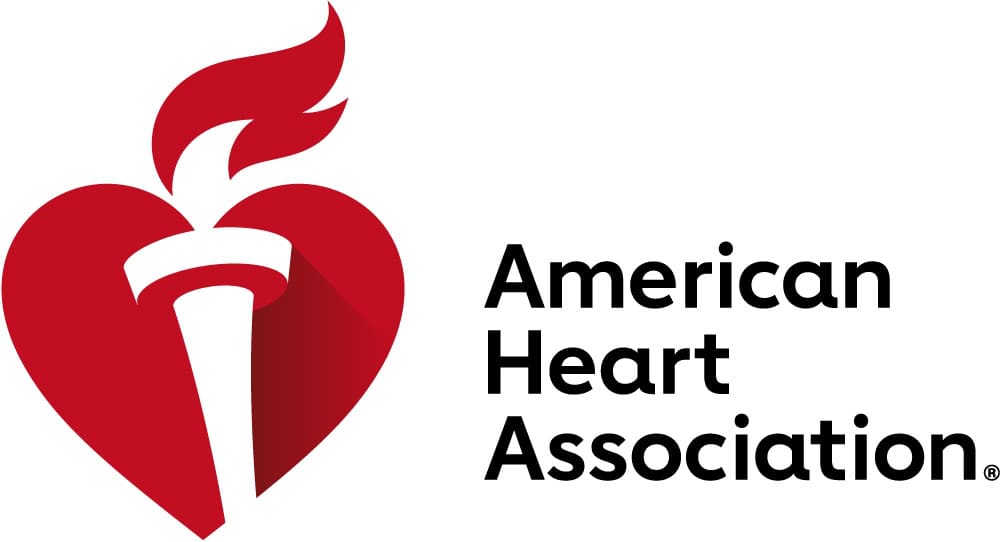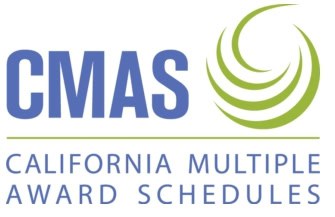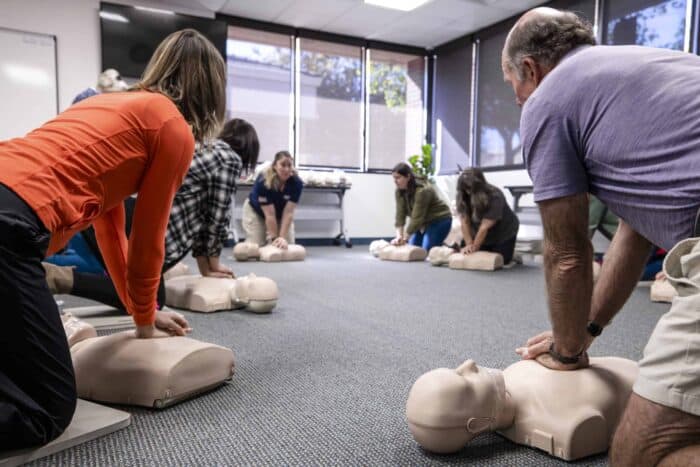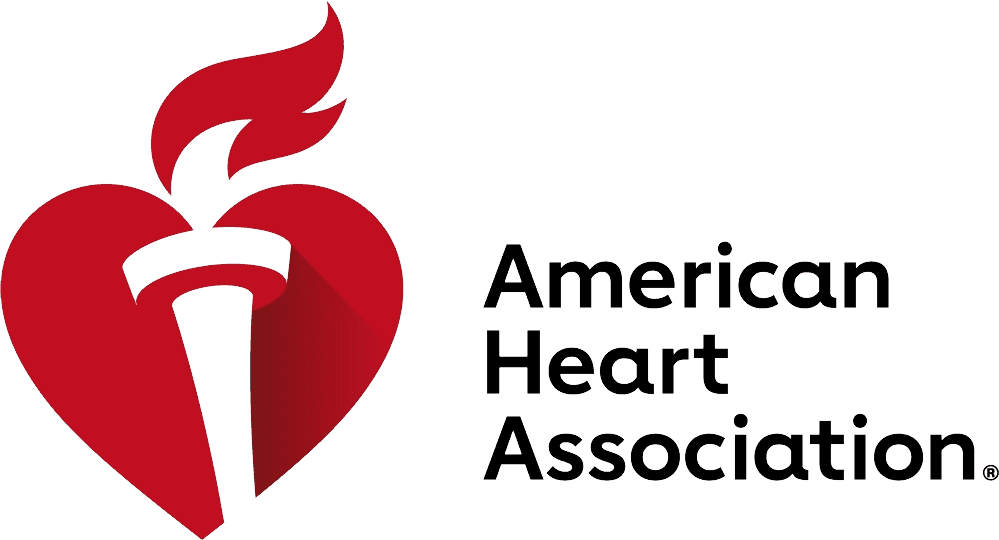Your cart is currently empty!
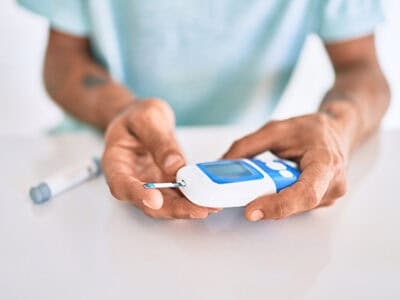
November is American Diabetes Month, a time dedicated to raising awareness about diabetes and its impact on millions of lives. Since about 37.3 million Americans have diabetes, it’s more important than ever to understand how to respond to diabetic emergencies. Diabetic episodes can happen suddenly, but with the proper knowledge, you can take steps to help stabilize the individual until professional medical help arrives. Here’s a guide to recognizing diabetic episodes, the emergency protocols for each type, and the importance of first aid and AED training in these situations.
Diabetic Episodes
People with diabetes face challenges in regulating their blood sugar levels. This can lead to two primary types of diabetic emergencies:
- Hypoglycemia (Low Blood Sugar)
Hypoglycemia occurs when blood sugar levels fall below normal.
- Hyperglycemia (High Blood Sugar)
Hyperglycemia happens when blood sugar levels are too high.
Hypoglycemia
Recognizing Hypoglycemia
Hypoglycemia is common in people with diabetes who take insulin or other medications that lower blood sugar. Symptoms of hypoglycemia include:
- Sweating
- Shakiness or tremors
- Confusion or disorientation
- Dizziness or weakness
- Slurred speech
- Oftentimes will appear to be intoxicated
- Unconsciousness in severe cases
How to Respond to a Hypoglycemic Emergency
When left untreated, hypoglycemia can escalate quickly, leading to unconsciousness or even seizures. Here’s how to handle hypoglycemic episodes:
- Act Quickly
If the person is conscious, offer a fast-acting source of sugar, such as glucose tablets, fruit juice, regular soda, or candy. - Check Blood Sugar
If a glucose meter (glucometer) is available, have them check their blood sugar to confirm it is low. - Wait and Recheck
After 15 minutes, have them recheck their blood sugar. If it’s still low, provide more sugar and eat something with some carbohydrates to last them for the long term. Do not want to have their blood sugars spike and then crash. - Seek Help if Needed
If the person becomes unresponsive or if symptoms worsen, call 911.
Hyperglycemia
Recognizing Hyperglycemia
Hyperglycemia is less likely to be an immediate emergency, but it’s essential to be prepared. Symptoms include:
- Extreme thirst and dry mouth
- Frequent urination
- Blurred vision
- Weakness or fatigue
- Slow, heavy-sounding exhalations
- Fruity-smelling breath in severe cases
How to Respond to a Hyperglycemic Emergency
Left untreated, hyperglycemia can lead to diabetic ketoacidosis (DKA) in people with type 1 diabetes. Here’s how to respond to hyperglycemia:
- Check Blood Sugar
If possible, have the person check their blood sugar level. - Encourage Hydration
If the person is alert, encourage them to drink water to help flush excess sugar from their system. - Seek Medical Assistance
If blood sugar levels remain high or symptoms worsen, call 911 for emergency assistance. DKA requires immediate medical treatment.
The Role of First Aid Training
First aid training provides the skills needed to recognize and respond to medical emergencies, including diabetic episodes. First aid training also equips participants to recognize when a diabetic episode might require advanced interventions, such as calling 911 for severe hypoglycemia or hyperglycemia that doesn’t respond to initial measures. Being familiar with these protocols can help you protect the individual’s safety and potentially prevent further complications.
Using an AED in a Diabetic Episode
Sadly, diabetes does increase the risk of cardiac arrest. In a diabetic adult, the risk of having a stroke or heart attack is 50% higher than in non-diabetic adults. Because of this, diabetic episodes may result in a severe cardiovascular event. This could happen due to hypoglycemia, which strains the heart, or DKA, which can cause an electrolyte imbalance, leading to cardiac issues. In these situations, an automated external defibrillator (AED) might be necessary.
AED training, often included in CPR and first aid certification, prepares individuals to use this life-saving device. Here’s a quick guide to using an AED if cardiac arrest occurs:
- Turn on the AED
AEDs provide clear voice prompts guiding each step of the process.
- Place Pads on Chest
Follow the AED’s instructions to place pads on the individual’s bare chest.
- Allow the AED to Analyze
The AED will assess whether a shock is needed.
- Deliver Shock if Advised
If the AED instructs you to do so, press the button to deliver a shock and follow further prompts.
Tips for Family Members and Caregivers
If you have a loved one with diabetes, preparing for emergencies is essential. Here are some tips to help you stay ready for diabetic episodes:
- Know their emergency plan
People with diabetes often have a care plan for hypoglycemic and hyperglycemic events. Familiarize yourself with it so you know how to respond.
- Keep supplies on hand
Always have fast-acting sugar sources available and know where they’re kept.
- Attend first aid and AED training
Learning first aid and AED skills will help you provide effective emergency care.
- Encourage regular blood sugar checks
Especially during illness or stress, regular blood sugar monitoring can help prevent emergencies.
The Importance of Emergency Preparedness
Diabetic episodes can occur anywhere—at home, work, or out in the community. Knowing what to do in these situations can make all the difference. Rescue Training Institute offers first aid and AED training to help equip community members with life-saving skills.
In first aid training, you’ll learn to recognize hypoglycemia and hyperglycemia symptoms, understand how to offer appropriate care, and develop confidence in handling other emergencies that may arise. AED training complements this knowledge by ensuring that you’re prepared to respond if a diabetic emergency escalates to cardiac arrest.
Educating Ourselves & Others About Diabetes
American Diabetes Month is an opportunity to educate ourselves and others about diabetes and the support that those affected may need. Diabetes doesn’t have to lead to emergencies if you’re prepared, informed, and ready to act. First aid and AED training through Rescue Training Institute can empower you with the knowledge and skills to handle diabetic episodes with confidence, helping you protect the health and safety of friends, family, and colleagues.

